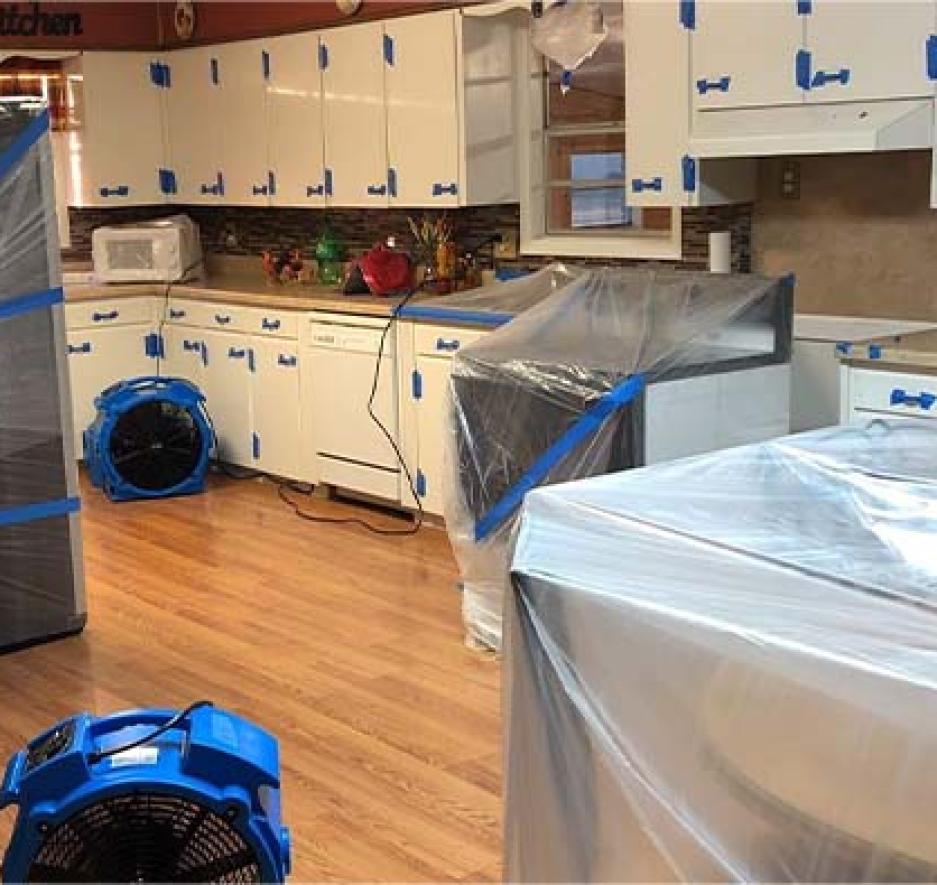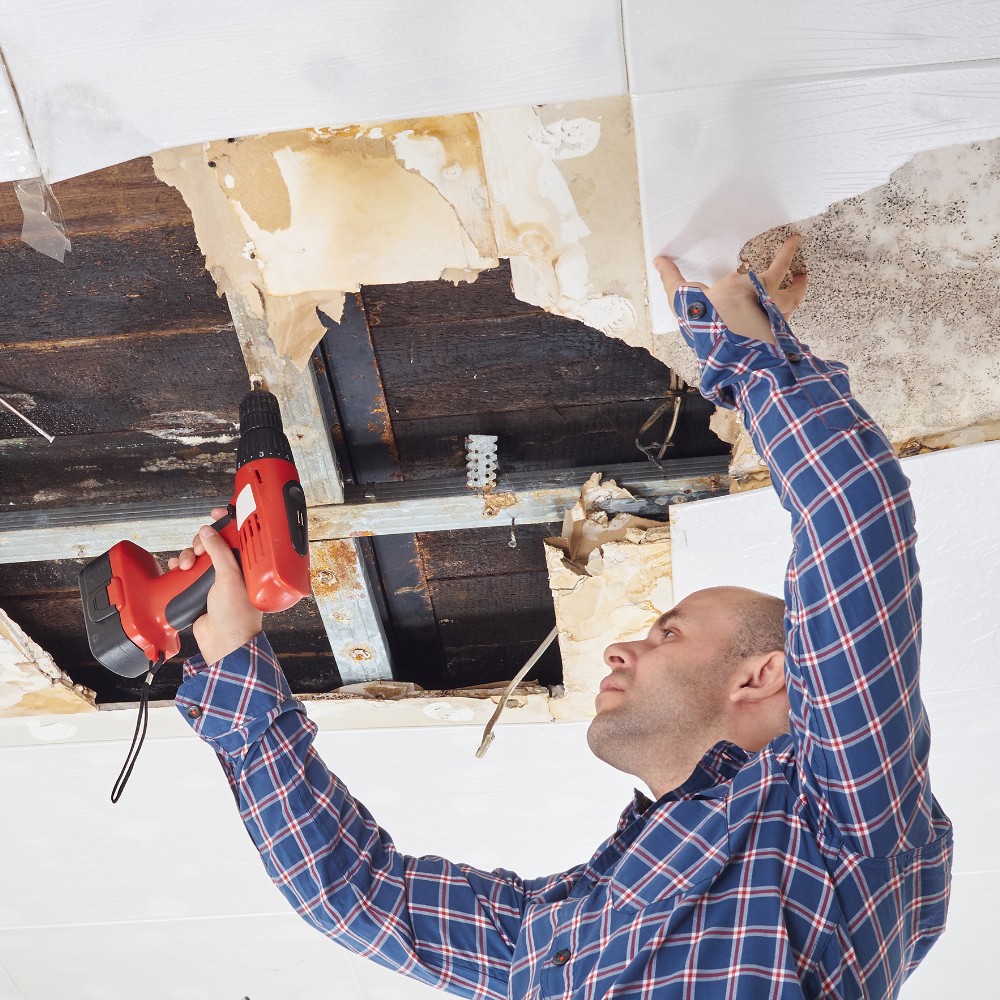Comprehensive Water Damage Restoration Albany NY: Obtain Your Property Back on Track!
Comprehensive Water Damage Restoration Albany NY: Obtain Your Property Back on Track!
Blog Article
Important Steps for Effective Water Damages Repair in your house
Water damage in your home can be a stressful occurrence that calls for immediate interest and systematic repair. When faced with water damages, understanding the essential steps to take can make a substantial difference in the end result of the restoration procedure.
Recognize the Water Damage Resource

To identify the water damage source, beginning by visually inspecting your building for any noticeable indicators of water leakage or pooling. Inspect locations prone to water damage such as basements, attics, and around plumbing components. Usage devices like dampness meters to discover surprise water accumulation within walls or ceilings. It is likewise suggested to review your home's maintenance records to identify any kind of previous issues that may have added to the existing water damages.
In situations where the source of water damage is not promptly noticeable, seeking advice from a specialist water damage remediation company can offer experience in situating and resolving the underlying reason successfully. Quickly determining and attending to the water damages source is important in reducing the extent of damage and making certain an effective repair process.

Get Rid Of Excess Water
To efficiently mitigate water damage in your home, prompt elimination of excess water is important to avoid additional structural harm and mold development. The very first step in getting rid of excess water is to recognize the resource and quit the water from going into the residential property. When the source is controlled, begin removing standing water making use of specific devices such as water pumps, wet/dry vacuums, and dehumidifiers. It is important to act rapidly, as stagnant water can permeate right into walls, floors, and furnishings, triggering permanent damage. Beginning by concentrating on the most affected locations and slowly work in the direction of drying the entire room.
When removing excess water, prioritize safety and security by ensuring that electrical energy is transformed off in flooded areas to prevent electrical dangers. By promptly removing excess water, you can substantially lower the extent of water damage and restore your home to its pre-damaged condition.
Dry Affected Areas
Prompt removal of excess water establishes the structure for the following crucial step in water damage remediation: navigate to these guys drying out the affected areas thoroughly. Once the standing water has been removed, the emphasis changes to drying out the area totally to stop additional damage and mold growth.

Additionally, utilizing customized tools like wetness meters can assist in determining hidden pockets of moisture within wall surfaces or floor covering, guaranteeing an extensive drying strategy. It is vital to keep an eye on the drying out development frequently to avoid any troubles or prospective mold problems.
In situations of extensive water damages, looking for professional help from water damage restoration professionals is recommended to make certain complete drying and protect against long-lasting structural issues. Bear in mind, extensive drying out is crucial to successful water damage restoration and stopping future complications.
Tidy and Disinfect
After drying out the affected areas, it is crucial to clean all surfaces with soap and water. Making use of EPA-approved disinfectants can aid in reducing the effects of prospective health and wellness dangers existing in standing water or moisture-soaked products.
When cleansing and disinfecting, it is critical to put on proper safety equipment such as gloves, masks, and goggles to protect yourself from any hazardous compounds. Pay special attention to locations that are frequently ignored, such as concealed corners, wall cavities, and under floor covering, as they can nurture wetness and germs, resulting in mold growth and foul odors if left untreated.
Fixing and Recover Broken Areas
After completing the cleansing and disinfection procedure, the following vital action in water damages repair is to repair and restore the harmed areas in your house. As soon as the impacted areas have actually been completely cleansed and decontaminated, it is necessary to examine the extent of the damages to identify what repairs are essential. This might involve dealing with structural damages, changing drywall, repairing floor covering, or bring back damaged furnishings and valuables.
It is necessary to resolve water damage without delay to avoid further issues such as mold and mildew growth or architectural deterioration. Working with professional service providers or remediation professionals can guarantee that fixings are done correctly and effectively. They have the knowledge and other tools to deal with water damages restoration efficiently.
When fixing and restoring damaged locations, it is crucial to utilize quality products that are immune to water damage to avoid future concerns. Additionally, making sure correct ventilation and moisture control in the brought back locations can aid avoid mold and mildew development and maintain a healthy indoor atmosphere. By resolving water damage quickly and successfully fixing and recovering damaged locations, you can make sure the lasting safety and integrity of your home.
Conclusion
In verdict, effective water damage restoration in your home requires recognizing the source of the damage, removing excess water, drying out affected areas, cleaning and disinfecting, and repairing damaged locations. By adhering to these important actions, you can mitigate the impact of water damages and recover your home to its pre-damaged problem. It is critical to act without delay and extensively to stop more damages and make sure a risk-free and healthy and balanced living setting.
Report this page